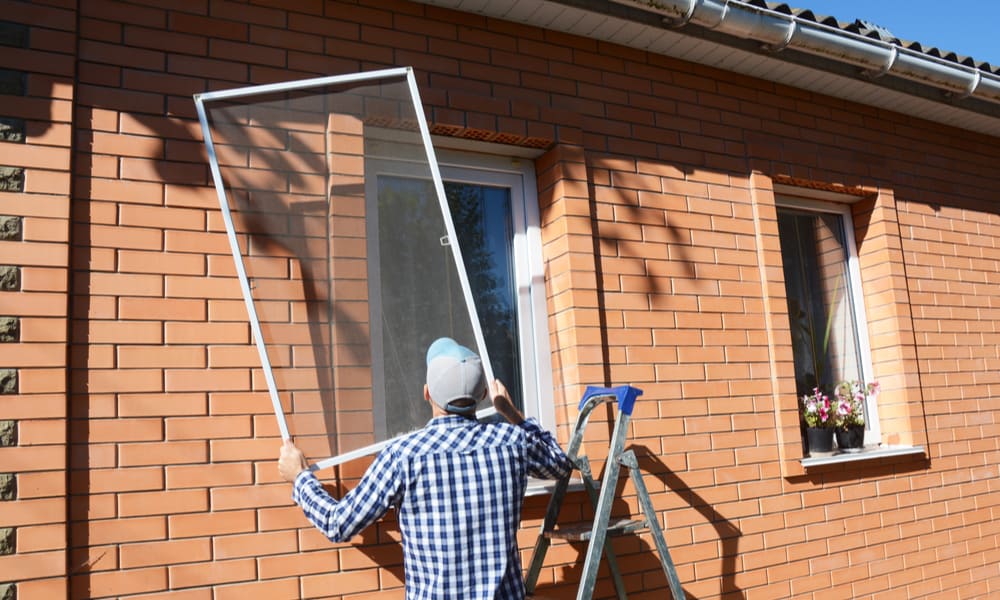Insects and flies pose challenges not only for households, but also for restaurants throughout various seasons. Flies, in particular, are attracted to light, especially during nighttime. To mitigate this issue, flyscreens, which consist of wire mesh, are installed over windows to deter insects from entering or flying into a room.
These fly screens for windows are available at Premier Screens Limited in the UK. This company has supplied good quality flyscreens for the last 30 years.
Why are flyscreens a must for restaurants?
Adherence to health and safety standards in the food industry, particularly the regulations established by the Food Standards Agency (FSA), is imperative for those involved in restaurant ownership. The FSA has instituted specific rules governing food hygiene, and among them is the requirement for effective insect prevention systems.
These regulations aim to uphold stringent food hygiene standards in commercial kitchens. Notably, the FSA mandates that such establishments’ windows and doors opening to the exterior must be equipped with insect-proof screens.
The significance of these measures becomes evident considering the potential health risks associated with insects, particularly flies, which can carry harmful bacteria. Failure to implement proper insect prevention systems poses a substantial threat, as the transmission of dangerous bacteria through flies could lead to various health-related issues.
Consequently, ensuring that food establishments, especially those catering to the public, have robust insect prevention solutions in place is of paramount importance to safeguard public health.
Food safety regulations for fly screens
Chapter I
Chapter I outlines general requirements for food premises, emphasizing cleanliness, maintenance, and proper design. It covers aspects such as:
- Layout
- Ventilation
- Lighting
- Drainage
Chapter I stresses the importance of preventing contamination and providing suitable conditions for hygienic processing and storage.
Chapter II
Chapter II delves into specific requirements for rooms where food is prepared, treated, or processed. It specifies the materials and conditions to maintain hygiene necessary for:
- Floor
- Wall
- Ceiling
- Window
- Door
- Equipment surfaces.
Adequate facilities for cleaning tools, equipment, and washing food are highlighted.
Chapter III
Chapter III focuses on movable or temporary premises, private dwelling houses, and vending machines. It stresses the need for maintaining:
- Cleanliness
- Personal hygiene
- Appropriate surfaces
- Provision for cleaning utensils
- Adequate water supply
- Waste disposal
- Suitable food storage
- Temperature conditions.
Chapter IV
Chapter IV addresses transport requirements, emphasizing clean and well-maintained conveyances, separation of different products, and adequate cleaning between loads.
Chapter V
Chapter V outlines equipment requirements, stressing cleanliness, suitable construction materials, and proper installation for easy cleaning.
Chapter VI
Chapter VI covers food waste management, emphasizing the prevention of accumulation and proper disposal.
Chapter VII
Chapter VII emphasizes an adequate water supply, appropriate ice production, and steam conditions that do not harm food.
Chapter VIII
Chapter VIII details personal hygiene standards, requiring individuals to maintain cleanliness and wear suitable clothing.
Chapter IX
Chapter IX establishes provisions for raw materials and foodstuffs, ensuring they are free from contamination and adequately stored.
Chapter X
Chapter X concludes with training requirements, mandating that food handlers receive appropriate instruction and supervision in food hygiene matters.
Collectively, these chapters create a comprehensive framework for ensuring food safety and hygiene in various aspects of the food industry.


